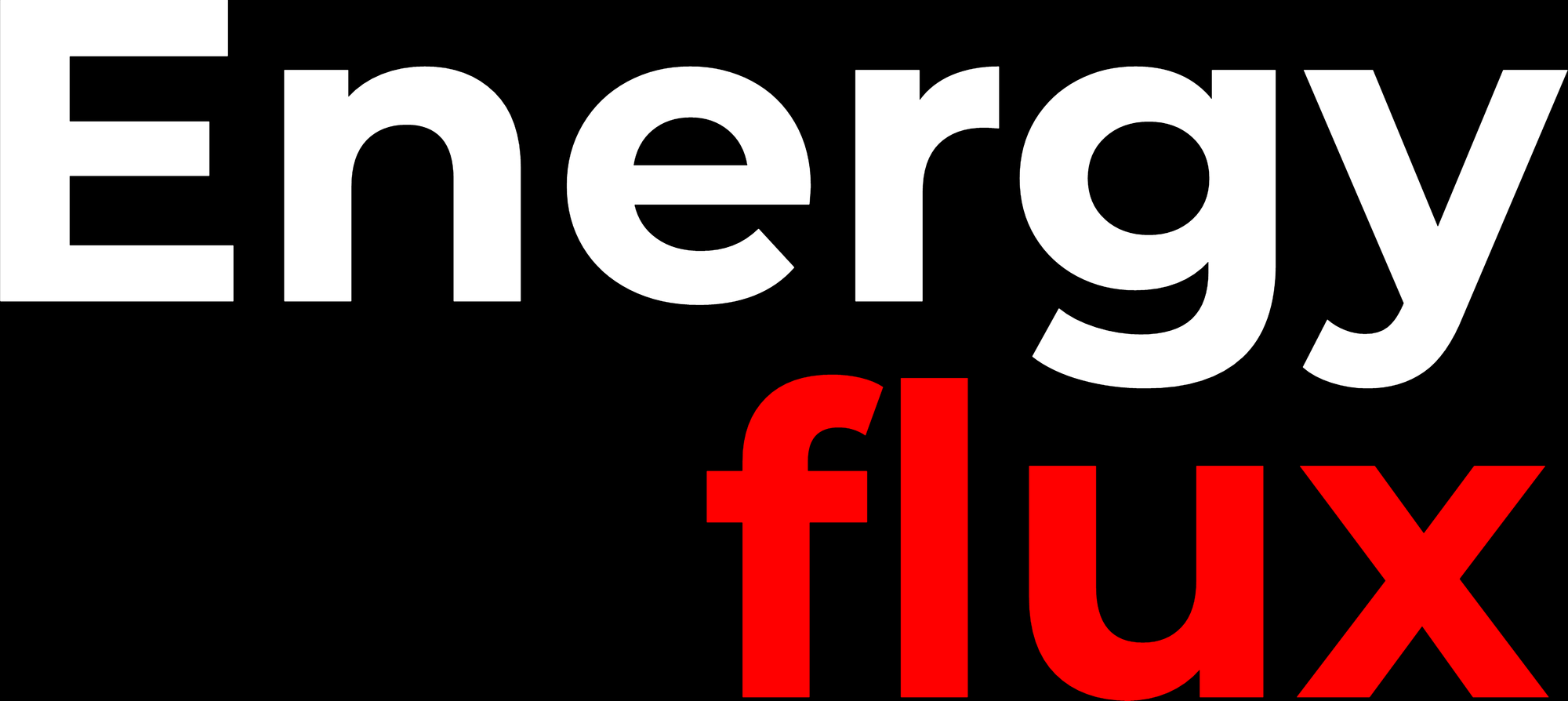Show me the money: Energy infrastructure lures private equity giants
💥Energy Flux💥 Tuesday, 6th April 2021


Member discussion: Show me the money: Energy infrastructure lures private equity giants
Read what members are saying. Subscribe to join the conversation.





